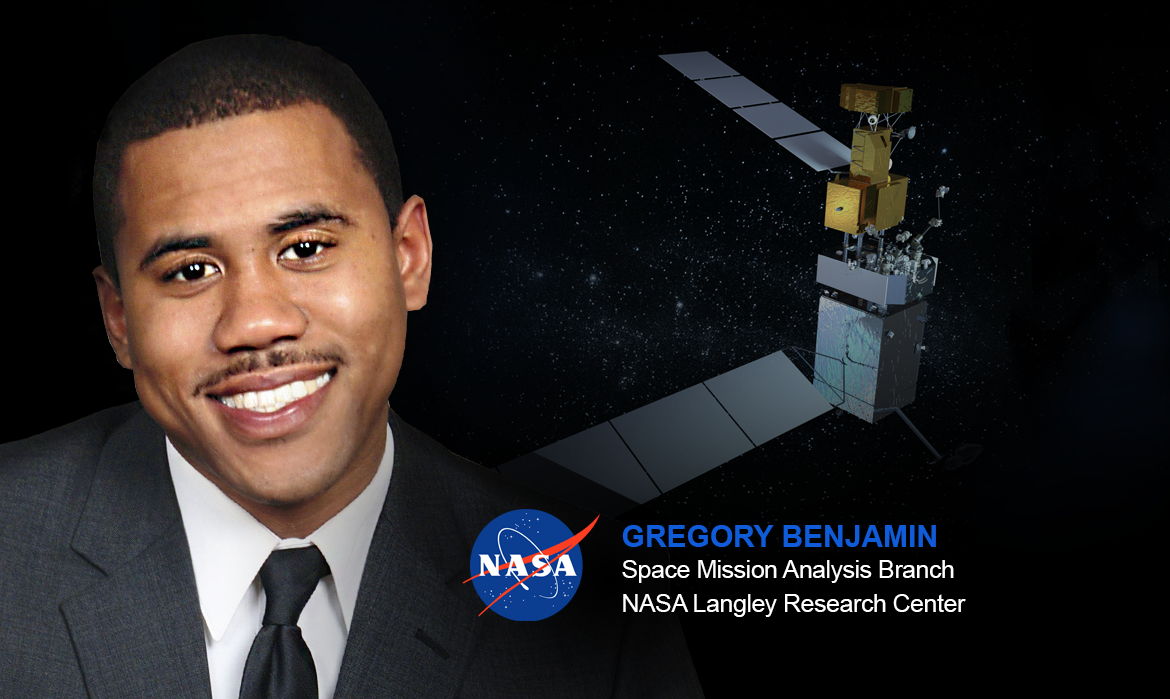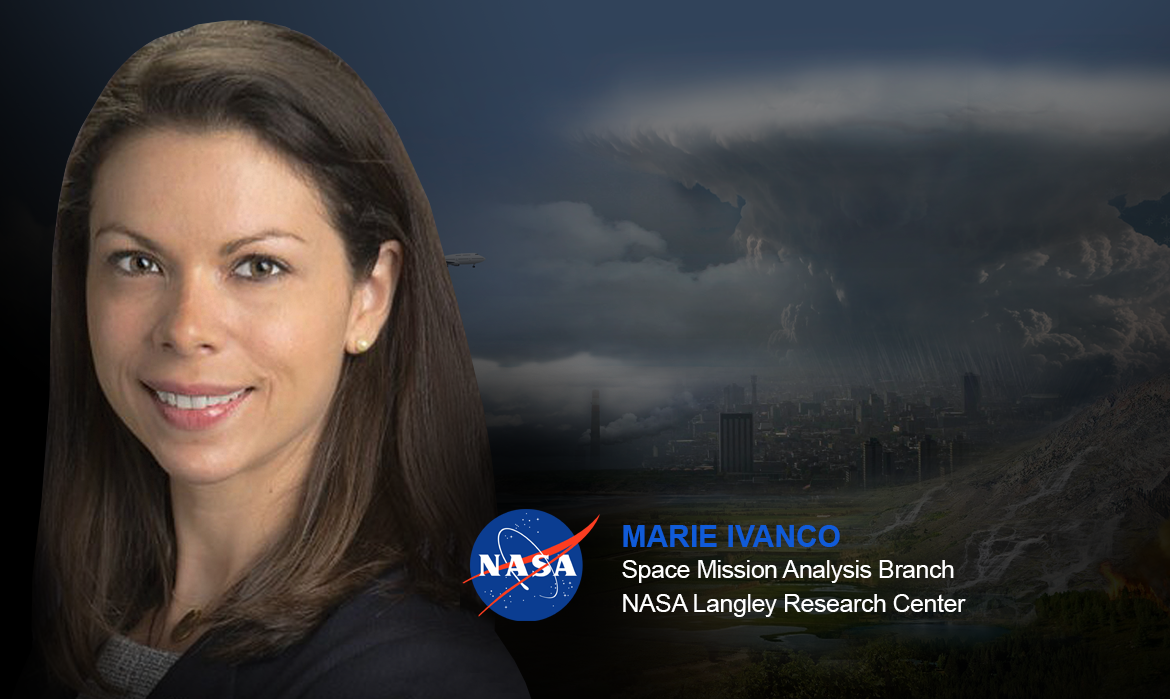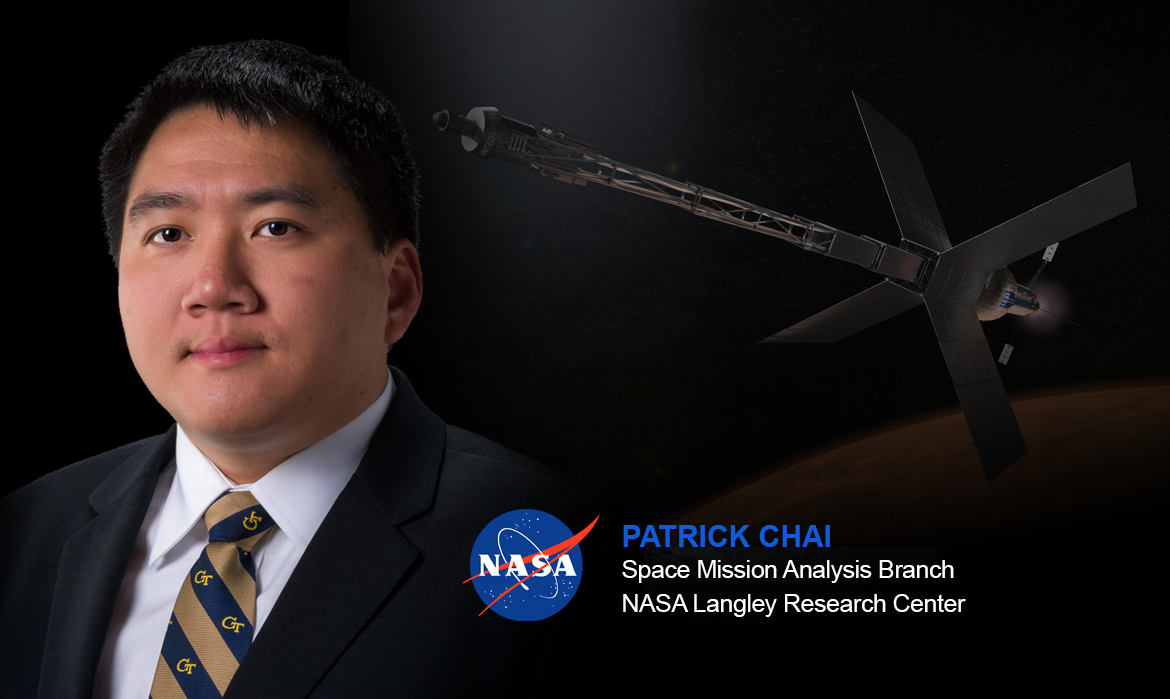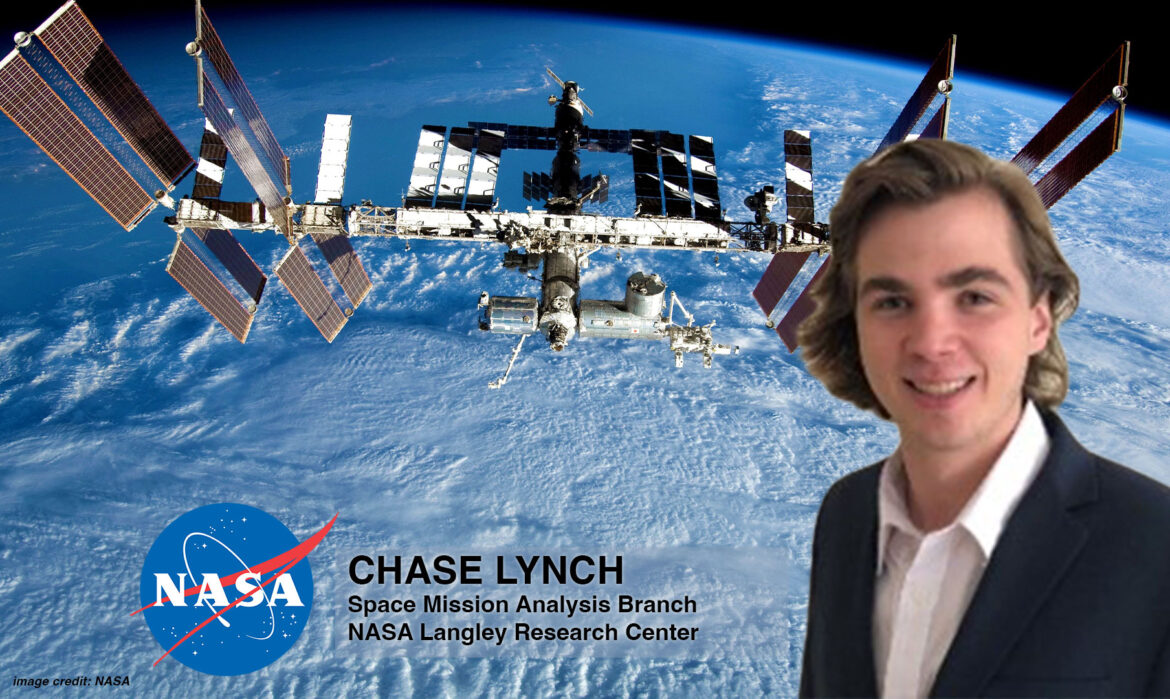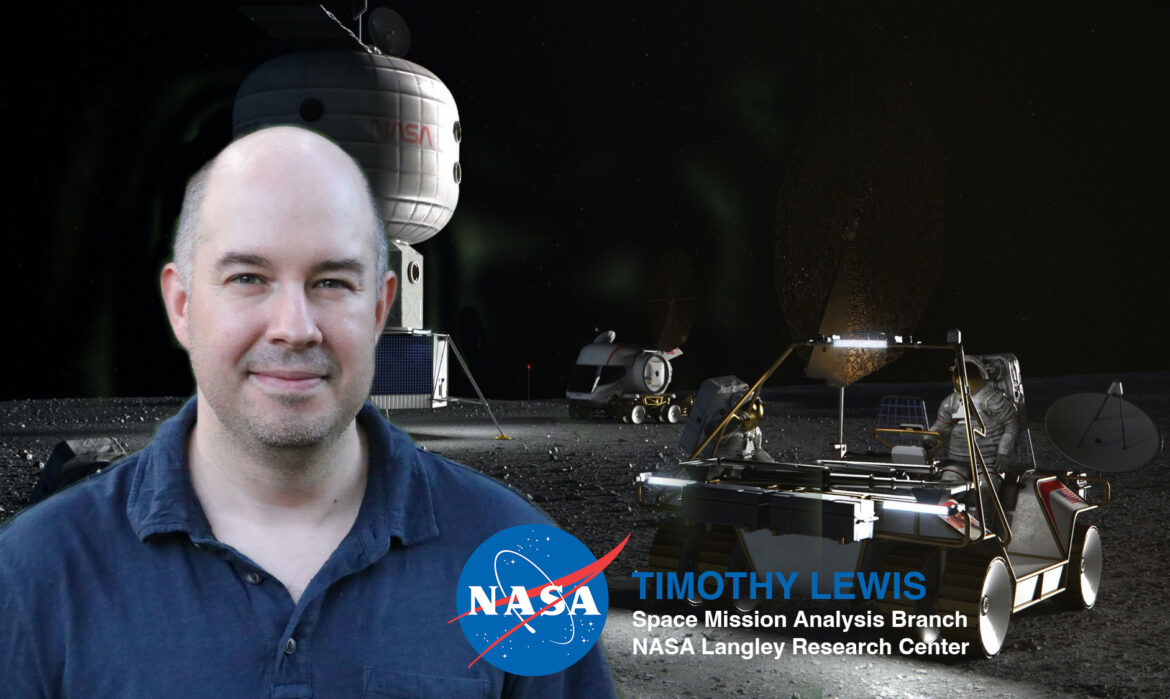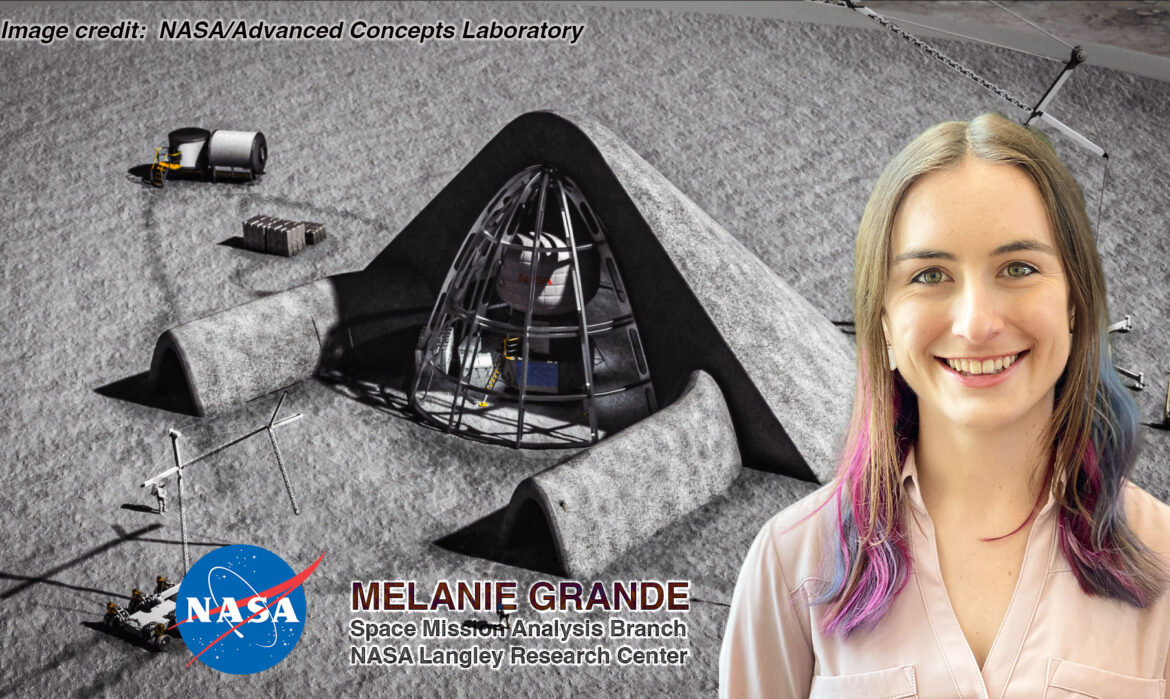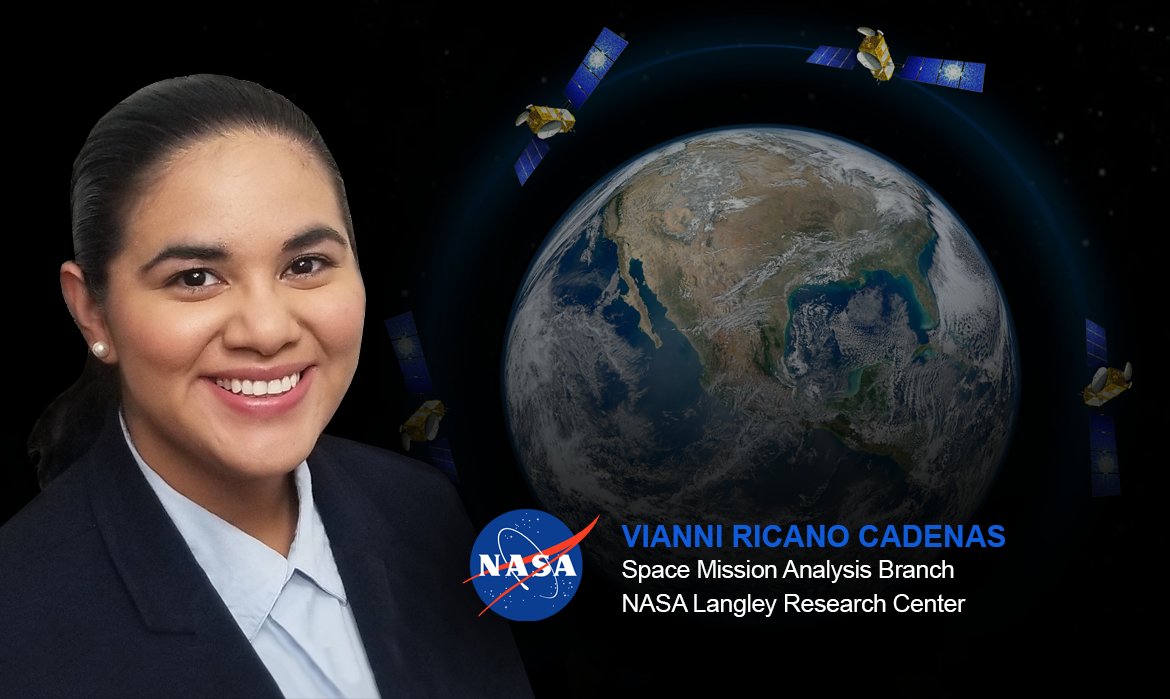Modeling Alternative Mission Operation Options, featuring Josh Carden
When spacecraft capabilities fail, who investigates how to keep the mission producing as much science as possible? Josh Carden, an analyst with the Space Mission Analysis Branch (SMAB) at the NASA Langley Research Center through Analytical Mechanics Associates Inc. (AMA), tackles these challenges.
The Gravity Recovery and Climate Experiment Follow-On (GRACE-FO) mission was designed to produce gravitational maps of the Earth and track changes in the gravity field, which determines the distribution and movement of water across the globe. As Earth’s gravity field is not uniform and changes with time, the sensors on the two GRACE-FO satellites must be highly accurate to precisely measure the distance between the satellites and filter out the perturbations acting on the spacecraft. These perturbations include atmospheric drag, radiation effects, and gravitational influences from the Sun and Moon. With the combination of the position data from each satellite and the removal of the outside influences on the distance between the two, the effects of the gravity perturbations from the Earth can be derived.

“I really enjoyed that this work put every skill that I have to the test… This project tested me from multiple levels… It shows how important it is that you understand projects from all angles.”
With all of these variables affecting the GRACE-FO position data, what happens when a sensor fails and is unable to perform its perturbation filtering? Assuming atmospheric density variations between the spacecraft could be neglected at higher altitudes, the mission team assigned the same perturbation effects to both spacecraft, using the data from the working sensor and applying it to the spacecraft without. Carden’s task was to find the maximum altitude where that assumption was no longer valid. Using a SMAB software tool, Orbit Lifetime Monte-Carlo (OLMC), Carden ran a Monte-Carlo analysis on orbit lifetime, iterating over a range of scenarios to predict what could happen over the duration of the mission to calculate how long it would take the spacecraft to fall below the altitude threshold for the perturbation workaround. The biggest influence on the results was the input for the solar flux, which drives atmospheric density and varies with the solar cycle, so Carden ran best- and worst-case scenarios using different solar flux models. After figuring out the basic answers for the time until the satellites reached the altitude threshold, he also analyzed the options for introducing propulsive maneuvers to raise the spacecraft orbit to see how those operations would affect the timeline. These results were provided to the mission team to assist in their decision making and mission planning for the remaining duration of the GRACE-FO mission, potentially enabling additional valuable science on the Earth’s gravitational variations.
Although Carden utilized the Orbit Monte Carlo tool to run the GRACE-FO orbit lifetime analysis, he played a much larger role in being able to run that analysis successfully than just applying the tool. In addition to his degree in aerospace engineering, he also minored in aerospace information sciences and technology, gaining experience with programming software. This combination was exactly what AMA was looking for when they wanted to convert OLMC from FORTRAN to C++ and upgrade it to make it more user friendly. Carden was the right fit for the job; “I had the aerospace schooling and also understood the coding part of it—not as much as someone in software engineering, but enough to get the job done.” This experience with digging into all aspects of OLMC made Carden the perfect person for the tool modifications and analysis for the GRACE-FO orbit lifetime task.
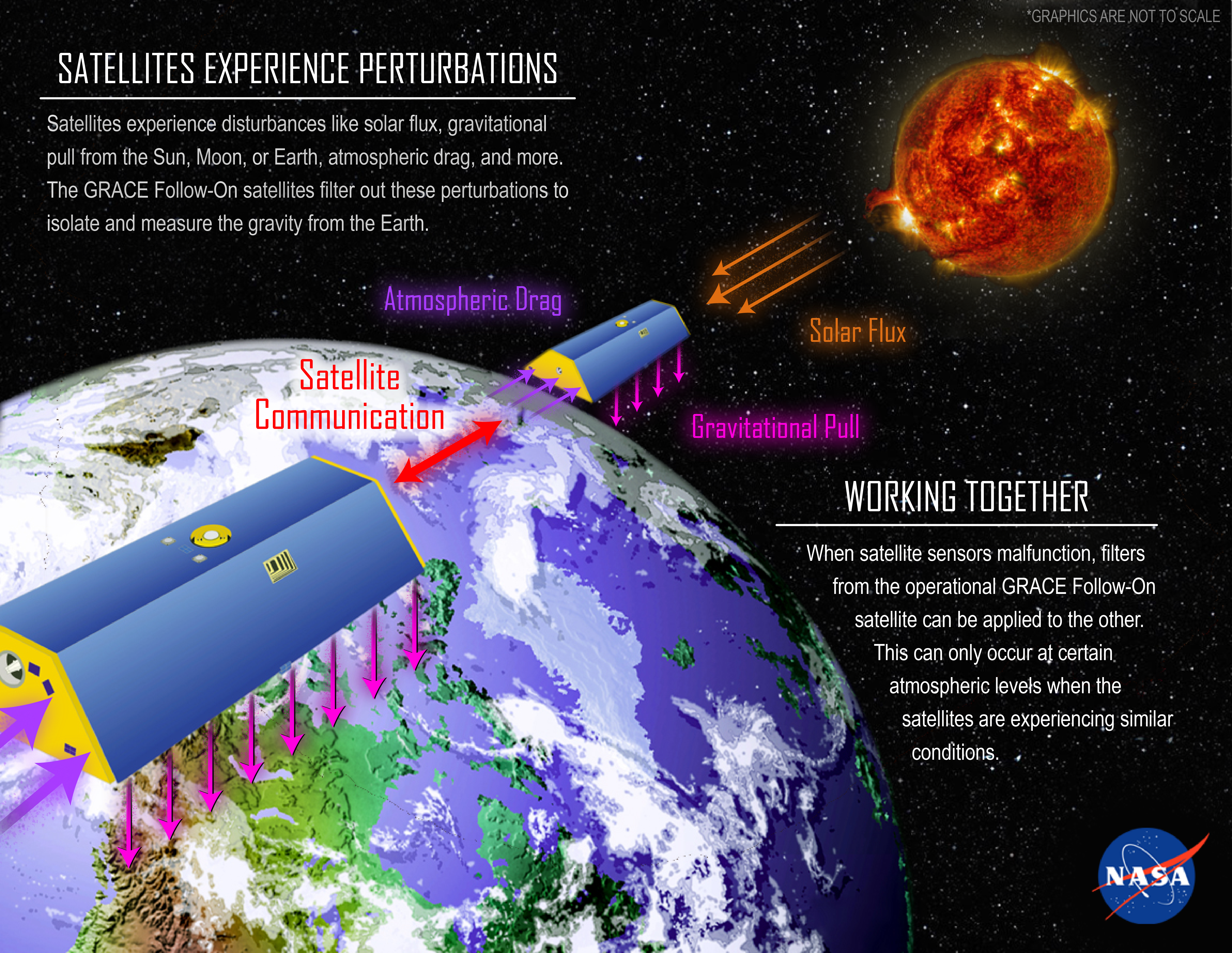
What did Carden take away from this process? “I really enjoyed that this work put every skill that I have to the test… Not only was I working with OLMC, Systems Tool Kit, making figures, and doing presentations, I was doing the programming that got me hired. This project tested me from multiple levels… It shows how important it is that you understand projects from all angles.”
From the OLMC upgrades to the GRACE-FO analysis, Carden has become an expert in the tool and appreciates SMAB having the capability to do these types of investigations. “It was nice to see the first thing I ever worked on [in SMAB] was useful. [We] couldn’t have done [the GRACE-FO orbit lifetime analysis] if [OLMC] was still in FORTRAN… The work that I did was relevant and had a positive impact on the branch.”
Update: Carden has joined SMAB as a full-time civil servant.
Author/Contact: Emily Judd
Published: September 2021
Updated: June 2022


